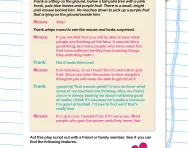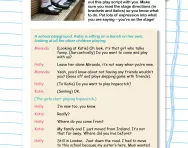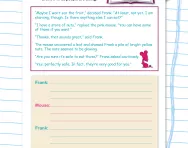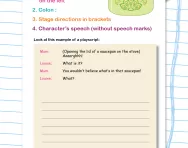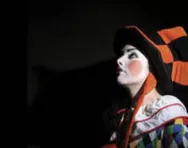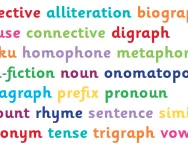Important update from TheSchoolRun
For the past 13 years, TheSchoolRun has been run by a small team of mums working from home, dedicated to providing quality educational resources to primary school parents. Unfortunately, rising supplier costs and falling revenue have made it impossible for us to continue operating, and we’ve had to make the difficult decision to close. The good news: We’ve arranged for another educational provider to take over many of our resources. These will be hosted on a new portal, where the content will be updated and expanded to support your child’s learning.
What this means for subscribers:
- Your subscription is still active, and for now, you can keep using the website as normal — just log in with your usual details to access all our articles and resources*.
- In a few months, all resources will move to the new portal. You’ll continue to have access there until your subscription ends. We’ll send you full details nearer the time.
- As a thank you for your support, we’ll also be sending you 16 primary school eBooks (worth £108.84) to download and keep.
A few changes to be aware of:
- The Learning Journey weekly email has ended, but your child’s plan will still be updated on your dashboard each Monday. Just log in to see the recommended worksheets.
- The 11+ weekly emails have now ended. We sent you all the remaining emails in the series at the end of March — please check your inbox (and spam folder) if you haven’t seen them. You can also follow the full programme here: 11+ Learning Journey.
If you have any questions, please contact us at [email protected]. Thank you for being part of our journey it’s been a privilege to support your family’s learning.
*If you need to reset your password, it will still work as usual. Please check your spam folder if the reset email doesn’t appear in your inbox.
What is a play script?

What is a play script?
A play script is a piece of writing written for the stage. Your child will learn the following facts about the play scripts they read, write and perform:
- A play script will include a list of characters (at the very beginning).
- It may be divided into acts which are then divided into scenes.
- Each scene will have a description of the setting at the start and then the characters' dialogue.
- Dialogue is set out with the character's name on the left, then a colon then the dialogue (without speech marks).
- Stage directions for the actors are written every now and again in italics and brackets.
For example: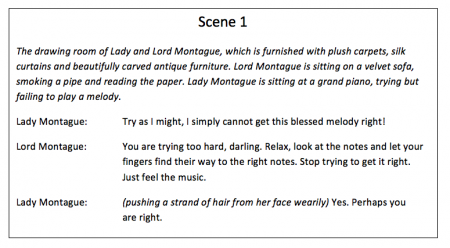
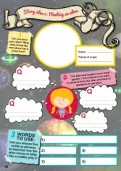
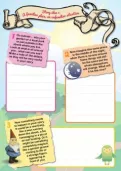
Boost Your Child's Creative Writing Skills!
- Download a FREE KS1 or KS2 workbook
- Bursting with fill-in prompt sheets and inspiring ideas
- Story structure tips, style guides and editing suggestions
How play scripts are used in primary school
Children start using drama in the Foundation Stage, where they may be asked to imagine roles and experiences and act these out.
In Key Stage 1 drama they will act out stories they know, taking on different characters and experimenting with voices, props and costumes.
In Key Stage 2 drama children are asked to act out play scripts in pairs or groups. They may then be asked to improvise scenes related to texts they have read. They then start to develop their own scripts based on these improvisations. They are taught how to set out a play script using the features shown above.
A teacher will often start by giving the children a scenario. For example: if the class were reading Cinderella, the teacher may show them a picture of the ugly sisters on the way to the ball. Children might be asked to imagine that the ugly sisters are having a conversation. What might they say to each other? Who might they be talking about? What might their hopes be for the evening? What might they say about Cinderella? Children would be encouraged to get into partners and act out this scene between the two sisters.
In Key Stage 2, this activity would most likely be followed by a lesson where children would start drafting the conversation between the two sisters. After this, they would have to write their play script up in neat, in a similar way to how the one above is set out. Teachers often give children writing frames to help them with this. The writing frame might include lines for the characters' names, followed by colons and then space for the speech. Once children have written up their play script, they may be encouraged to improve it, by adding stage directions in brackets.
Reading and writing play scripts is a great way to bring stories alive for children. Reading play scripts out loud helps them to think about using expression to convey a character's feelings. Writing play scripts encourages them to infer and deduce information about what characters are thinking and feeling from what they have already read in a story.


